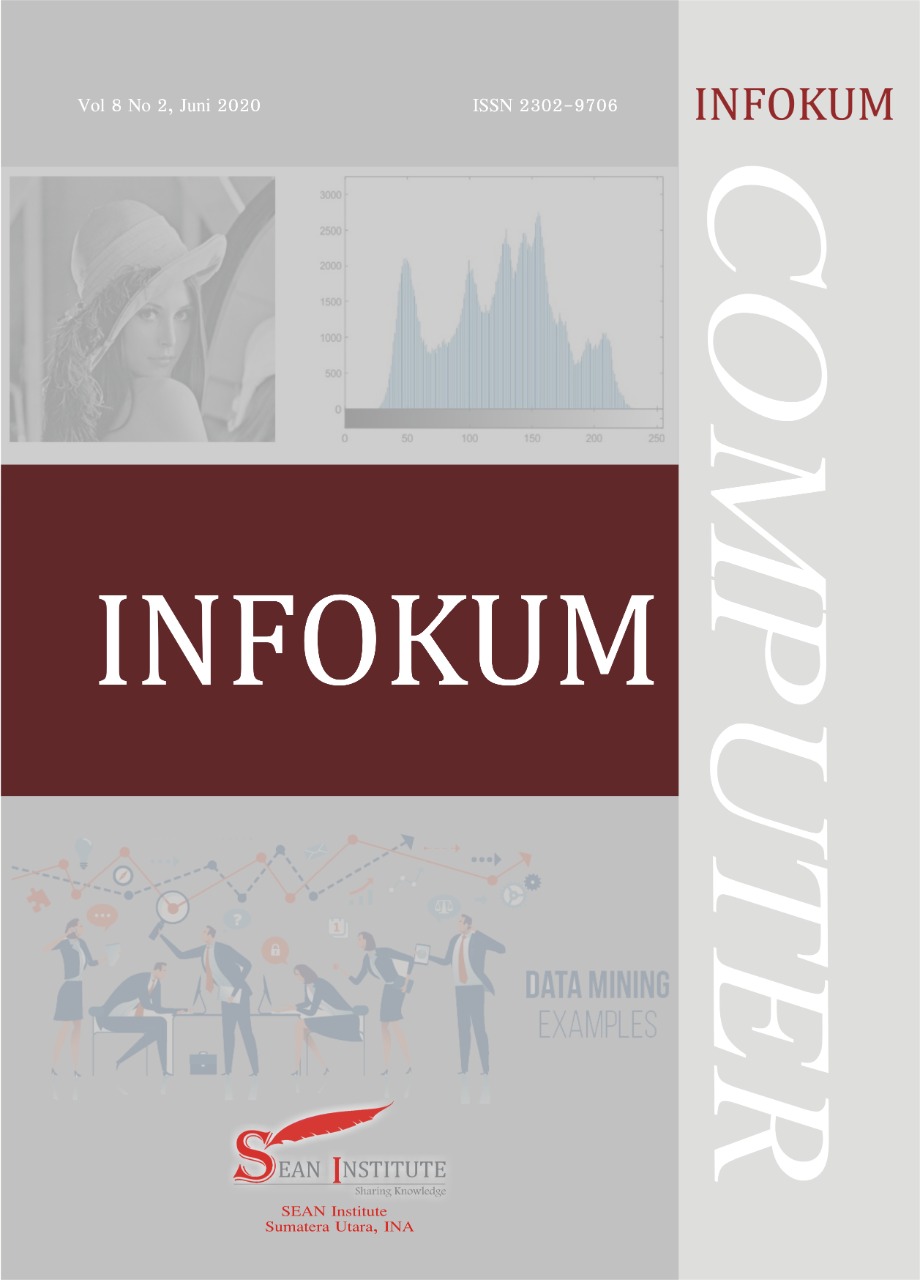Decision Support System for Determining Infrastructure Project Priorities Using AHP and TOPSIS Methods in Deli Serdang Regency
Abstract
Prioritizing infrastructure projects is a major challenge in regional development planning, particularly when faced with limited resources and complex assessment criteria. This study aims to design a decision support system that can assist policymakers in determining the most deserving infrastructure projects for prioritization. The method used is a combination of the Analytic Hierarchy Process (AHP) to determine criteria weights and the Technique for Order of Preference by Similarity to Ideal Solution (TOPSIS) to rank alternative projects. Five main criteria are used in this study: cost, urgency, social benefits, land readiness, and conformity with the Regional Medium-Term Development Plan (RPJMD). This study uses simulation data on ten alternative infrastructure projects in Deli Serdang Regency. The AHP results show that urgency (29.9%) and conformity with the RPJMD (25.6%) are the criteria with the highest weights. The consistency value (CR = 0.0333) indicates that the criteria assessment is carried out consistently. Through TOPSIS, it was found that the Health Center B Development project had the highest preference value (0.8176), followed by Terminal I Revitalization and Connecting Bridge E. This study proves that the integration of the AHP and TOPSIS methods is able to provide a rational, transparent, and applicable decision-making framework in the context of regional infrastructure development planning.
Downloads
References
Hwang, C. L., & Yoon, K. (1981). Multiple Attribute Decision Making: Methods and Applications. Berlin: Springer-Verlag.
Triantaphyllou, E. (2000). Multi-Criteria Decision Making Methods: A Comparative Study. Dordrecht: Kluwer Academic Publishers.
Shih, H.S., Shyur, H.J., & Lee, E.S. (2007). An extension of TOPSIS for group decision making. Mathematical and Computer Modelling, 45(7-8), 801–813. https://doi.org/10.1016/j.mcm.2006.03.023
Vaidya, O. S., & Kumar, S. (2006). Analytic hierarchy process: An overview of applications. European Journal of Operational Research, 169(1), 1–29. https://doi.org/10.1016/j.ejor.2004.04.028
Wang, Y. M., & Elhag, T. M. S. (2006). Fuzzy TOPSIS method based on alpha level sets with an application to bridge risk assessment. Expert Systems with Applications, 31(2), 309–319. https://doi.org/10.1016/j.eswa.2005.09.040
Marimin, & Maghfiroh, N. (2010). Application of Decision-Making Techniques in Supply Chain Management. Jakarta: IPB Press.
Public Works Department of Deli Serdang Regency. (2023). Infrastructure Development Plan for 2023–2026. Lubuk Pakam: Deli Serdang Regency Government.
Minister of Home Affairs Regulation No. 86 of 2017 concerning Procedures for Planning, Controlling, and Evaluating Regional Development.
Ministry of National Development Planning/Bappenas. (2020). Guidelines for the Preparation of Regency/City RPJMD. Jakarta: Bappenas.










